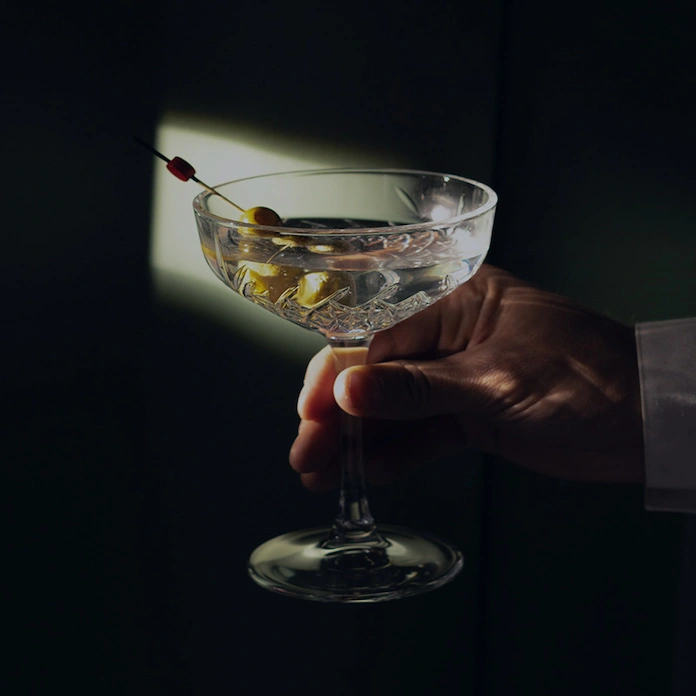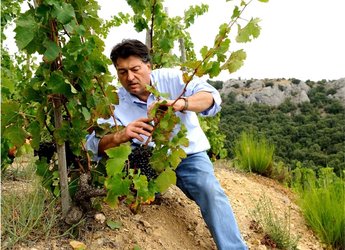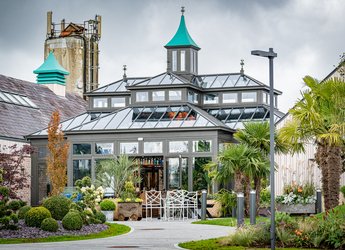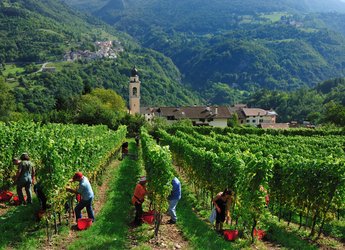
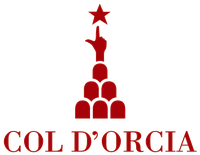
Col d’Orcia Where Tradition & Innovation Meet in Montalcino
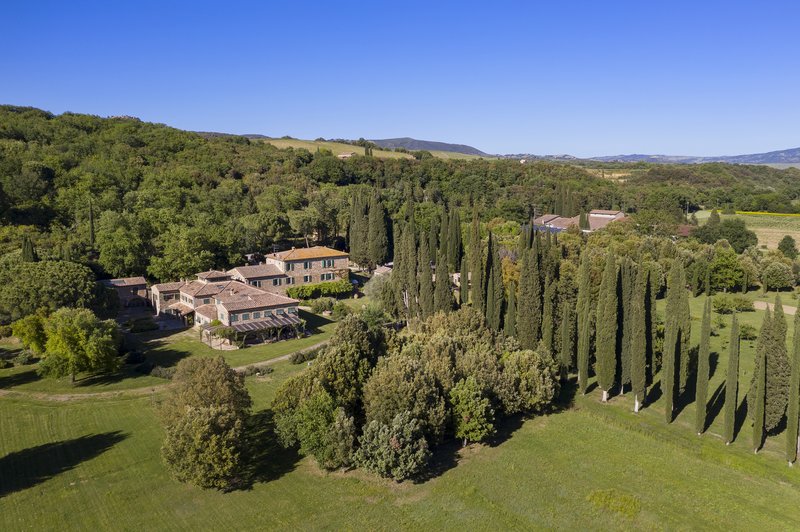
The Col d’Orcia winery has set the standard for excellence in Tuscany’s renowned Montalcino region. Though one of the oldest Tuscan wine estates, with the original farm dating back to the 14th century, today Col d’Orcia leads the charge for cutting-edge, sustainable viticulture and winemaking, thanks to its innovative proprietors, Count Francesco Marone Cinzano and his son, Santiago.
A world traveler with boundless energy, Count Cinzano has instilled a simple philosophy for making Col d’Orcia wines since taking ownership of the estate in 1992 — 20 years after the arrival of his father, Count Alberto Marone Cinzano, in Montalcino.
This raison d’etre is represented by the winery’s now-iconic logo: three rows of hills symbolizing Montalcino, rising to a hand that points toward a star. It is a steadfast reminder of Col d’Orcia’s commitment to the land, world-class winemaking, and never-ending quest for excellence.
Inspired by the region’s natural beauty and biodiversity, Count Cinzano believes that “Montalcino possesses something precious that must be preserved.” Under his leadership, Col d’Orcia earned organic certification in 2013; 10 years later, the estate received the prestigious SNAIL award from Slow Wine. This honor is reserved for small-scale Italian wine producers who practice traditional techniques, protect the environment, and safeguard biodiversity.
Since January 2018, over 405 hectares / 1,000 acres are now being treated along biodynamic practices, with the goal to increase the natural balance, health, and productivity of the crops. Every year, the winery partners with the University of Florence for research and development efforts, which include clonal selection, cover crop experimentation, erosion control, and carbon footprint reduction.
Given Count Cinzano’s focus on quality and sustainable winemaking, it should come as no surprise that Col d’Orcia wines regularly win 90+ point ratings from leading wine critics. The estate has 150 hectares / 370 acres of vineyards, predominantly planted with sangiovese, Brunello’s signature red grape. With every wine, Count Cinzano strives to highlight the grape varieties’ unique qualities and ensures that they showcase the elegance, structure, and finesse for which Col d’Orcia has become internationally celebrated.
Terroir
The Col d’Orcia wine estate takes its name — translated as “the hill overlooking the Orcia River” — from its picturesque and advantageous position. Located on the southern slope of Montalcino, within the Orcia Valley, the estate sits favorably on a hilltop at 304 meters / 997 feet above sea level. The vineyards contain loose, fossil-rich soils composed of limestone and marl, which contribute complexity and structure.
Nearby Mont Amiata protects Col d’Orcia’s vineyards from hailstorms, flooding, and other turbulent weather events, while the Tyrrhenian Sea provides cooling breezes that keep humidity low, ensure healthy conditions for the vines, and yield pristine freshness in the grapes. Given the Mediterranean climate, the vineyards benefit from moderate weather conditions year-round, along with a high number of sunny days during the growing season. This allows the sangiovese grapes to ripen gradually and completely, which concentrates the fruit and, in turn, the intensity of the wines.
The entire estate includes vineyards, gardens, olive groves, tobacco fields, and wheat fields, which are all farmed following exclusively organic agricultural practices.
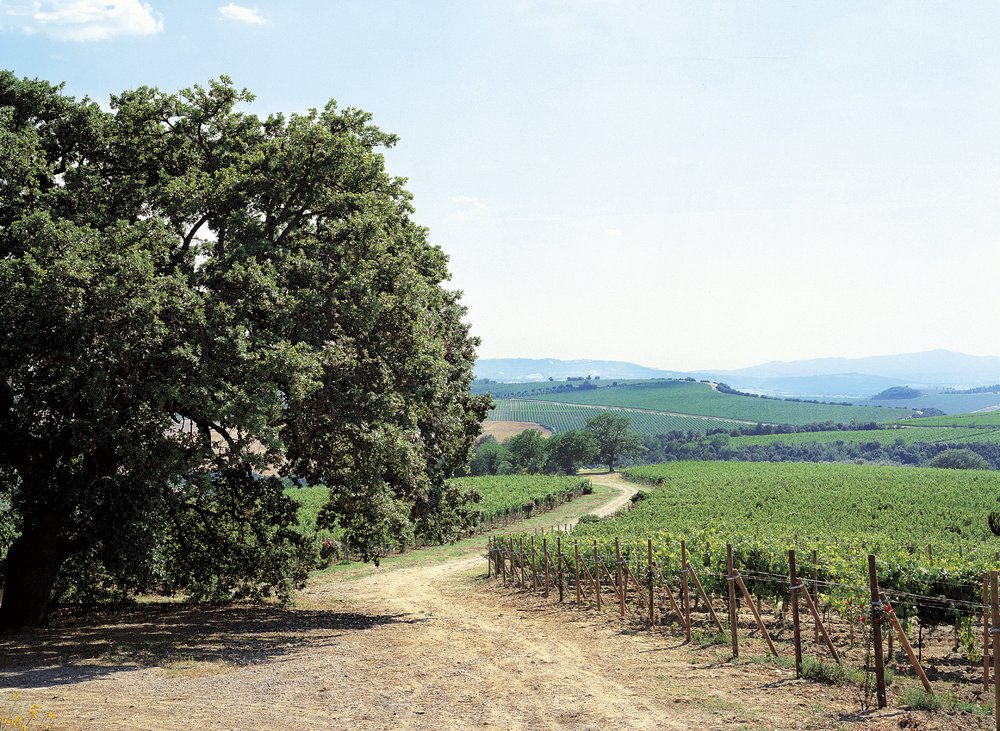
Viticulture
Proudly defined as an ‘organic island,’ the estate employed sustainable farming practices for decades prior to its official organic certification in 2013 and its adoption of many biodynamic farming practices in 2018. As part of its eco-friendly viticultural practices, the winery works alongside the University of Florence to develop better cover crop material and erosion control, which prevent water pollution, soil loss, and wildlife habitat destruction.
Col d’Orcia uses fermented compost from recycled organic waste, which reduces greenhouse gases and revitalizes the soil. Sheep and goats roam freely among the vines, acting as pest control and fertilizers. Though these practices can be expensive and time consuming, Count Cinzano and his team know that they are well worth it to protect Montalcino’s natural resources.
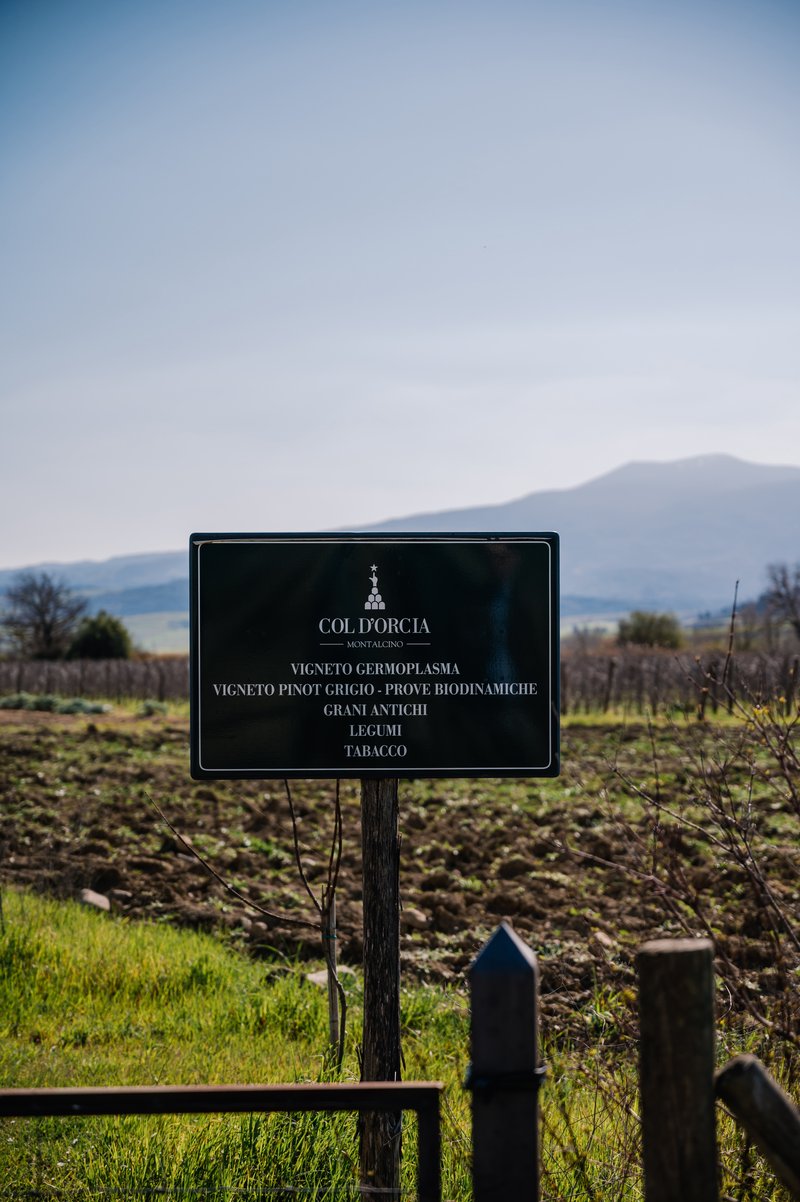
Col d’Orcia Winery Practices
To ensure top quality, Col d’Orcia goes beyond the strict standards for wine production in Tuscany and the Montalcino DOCG appellation. The estate’s classic Brunello di Montalcino, the Riserva, and single-vineyard Poggio al Vento all age for three years in large Slavonian and French oak casks, before refining for one year and three years, respectively, in bottle. The Brunello Vigna Nastagio, also a single-vineyard, ages for one year in 500-liter French tonneaux before transferring to large oak casks and finally aging for one year in bottle.



